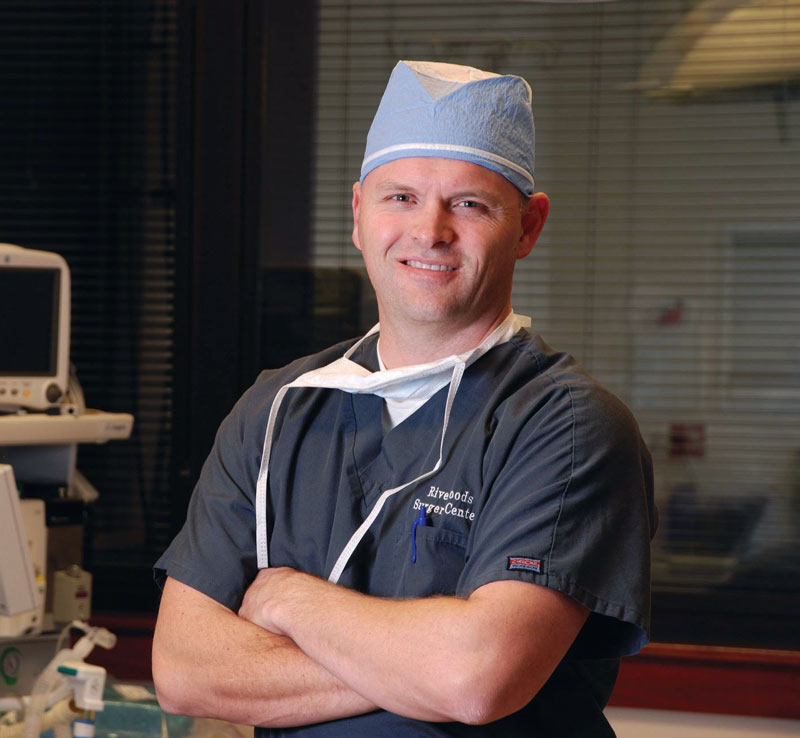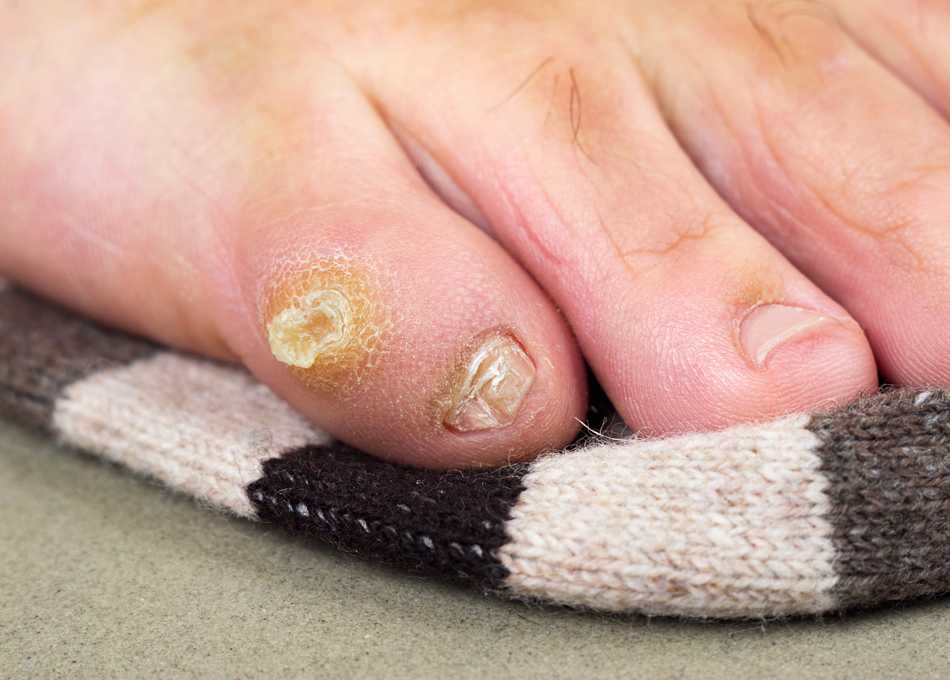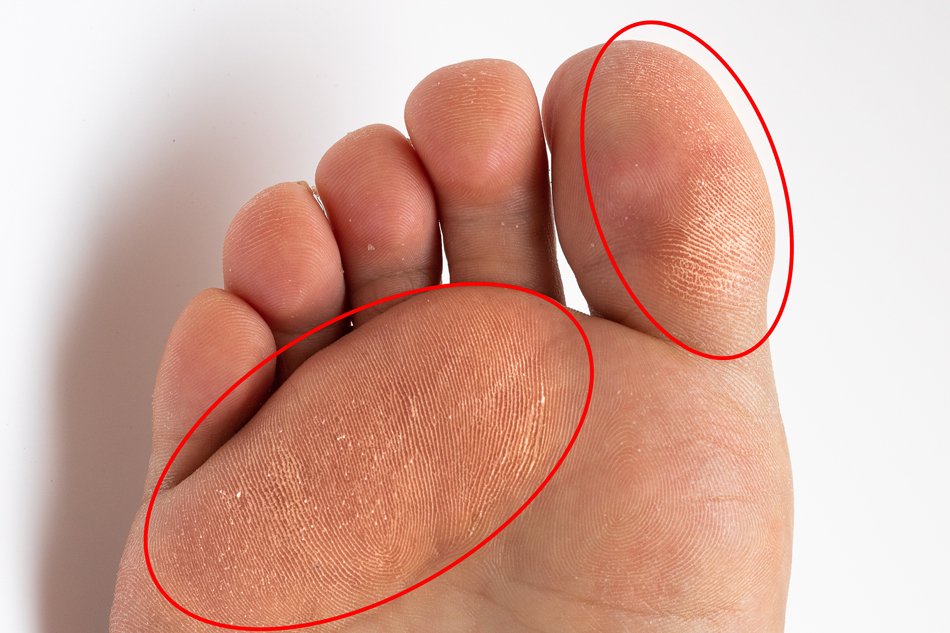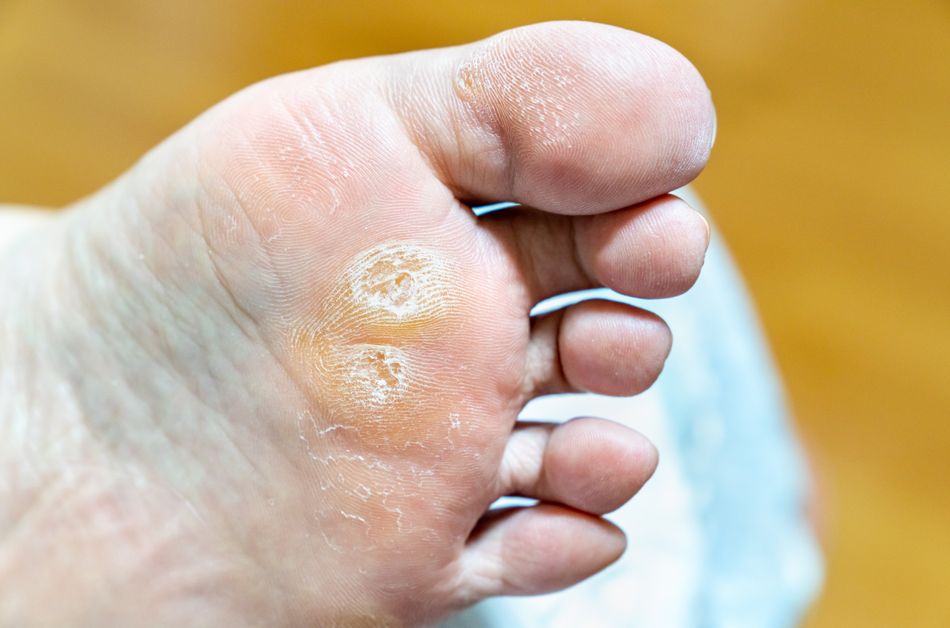Serving Utah Valley
Relief for Painful Corns & Calluses
Are hard, rough patches of skin on your feet causing discomfort or pain when you walk? You’re likely dealing with corns and calluses, two common foot conditions that result from friction and pressure. While often confused, both can be painful and indicate underlying issues with your footwear or foot mechanics. At Hoyal Podiatry in Orem, UT, Dr. James Hoyal specializes in safely and effectively treating corns and calluses to restore comfort to your feet.
What Are Corns and Calluses?
Corns and calluses are areas of thickened, hardened skin that develop as the foot’s natural defense against excessive pressure or friction.
- Calluses: These are usually larger and broader, forming on the soles of the feet, especially under the balls or heels. They are generally less painful than corns and are often spread over a wider area.
- Corns: These are smaller, deeper, and have a clearly defined center. They often form on the tops or sides of the toes, or between the toes (soft corns). Corns can be extremely painful because their hard, central core presses directly on nerve endings.
The primary cause of both corns and calluses is continuous rubbing from:
Improperly fitting shoes: Shoes that are too tight, too loose, or have high heels.
Foot deformities: Such as bunions or hammertoes, which cause bones to rub against shoes.
Abnormal gait (walking style): This can cause uneven pressure distribution.
At-Home Care for Corns and Calluses
For mild corns and calluses, these at-home methods can help manage the symptoms:
- Soak your feet: Soak the affected area in warm water for 10 to 15 minutes to soften the skin.
- Use a pumice stone: After soaking, gently rub the corn or callus with a pumice stone or foot file to slowly reduce the thickened skin. Do not trim or cut them yourself, especially with sharp instruments.
- Moisturize: Apply a rich moisturizing lotion or cream daily to keep the skin soft and pliable.
- Use protective pads: Apply over-the-counter moleskin patches or non-medicated corn pads to areas prone to rubbing to reduce friction from your shoes.
- Wear comfortable shoes: Always choose shoes that fit properly, providing ample room in the toe box and good cushioning.
When to See a Podiatrist
While at-home care is a good starting point, it’s vital to see a foot specialist if:
- The corn or callus is very painful or affects your ability to walk normally.
- You have diabetes, poor circulation, or nerve damage in your feet. Self-treating in these cases can lead to dangerous infections or ulcers.
- The corns or calluses reappear frequently despite at-home treatment, which indicates a structural or mechanical problem needs professional correction.
- The skin around the corn or callus is red, warm, or draining pus (signs of infection).
At Hoyal Podiatry, Dr. Hoyal can safely and painlessly remove corns and calluses and, more importantly, address the underlying cause. Treatment may include custom orthotics to redistribute pressure, professional trimming (debridement), or evaluation for minor surgical correction of a contributing foot deformity.

Don’t let foot pain slow you down. Schedule an appointment with Dr. Hoyal today for a comprehensive foot examination and lasting relief.
Ready to Find Relief?
Don’t let foot and ankle pain hold you back any longer. Our experienced podiatrists are here to provide personalized care and effective treatment solutions.



